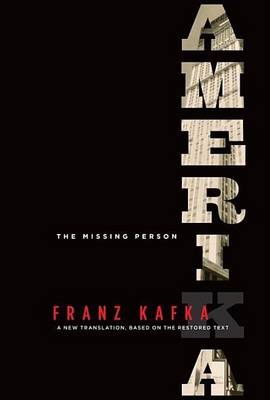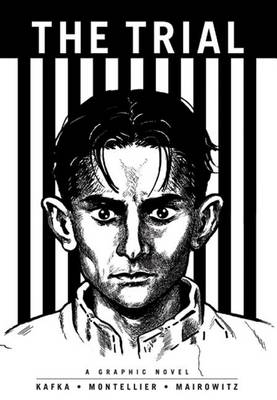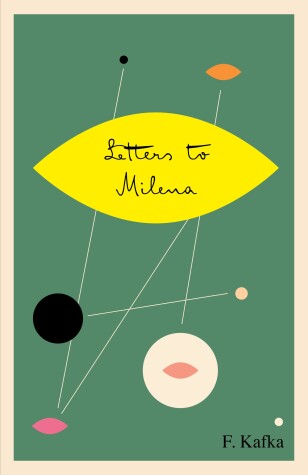Schocken Kafka Library
8 total works
"Someone must have been slandering Joseph K, because one morning, without having done anything wrong, he was suddenly arrested." """The Trial" is a graphic adaptation of Franz Kafka's famous novel, illustrated by one of France's leading graphic artists, Chantal Montellier. Montellier brilliantly captures both the menace and the humor of Kafka's utterly unique masterwork. This darkly humorous tale follows Joseph K, who is arrested one morning for unexplained reasons and forced to struggle against an absurd judicial process. K finds himself thrown from one disorientating encounter to the next as he becomes increasingly desperate to prove his innocence in the face of unknown charges. In its stark portrayal of an authoritarian bureaucracy trampling over the lives of its estranged citizens, "The Trial" is as relevant today as ever.
Kafka’s aphorisms are fascinating glimpses into the lure and the enigma of the form itself.
Sometimes surprisingly humorous, sometimes wrenchingly sad, they include charming notes to school friends; fascinating accounts to Brod about his work in its various stages of publication; correspondence with his publisher, Kurt Wolff, about manuscripts in progress, suggested book titles, type design, and late royalty statements; revealing exchanges with other young writers of the day, including Martin Buber and Felix Weltsch, on life, literature, and girls; and heartbreaking reports to his parents, sisters, and friends on the declining state of his health in the last months of his life.
The Complete Stories brings together all of Kafka’s stories, from the classic tales such as “The Metamorphosis,” “In the Penal Colony,” and “A Hunger Artist” to shorter pieces and fragments that Max Brod, Kafka’s literary executor, released after Kafka’s death. With the exception of his three novels, the whole of Kafka’s narrative work is included in this volume.
In no other work does Franz Kafka reveal himself as in Letters to Milena, which begins as a business correspondence but soon develops into a passionate but doomed epistolary love affair. Kafka's Czech translator, Milena Jesenská, was a gifter and charismatic twenty-three-year-old who was uniquely able to recognize Kafka's complex genius and his even more complex character. For thirty-six-year-old Kafka, she was "a living fire, such as I have never seen." It was to Milena that he revealed his most intimate self and, eventually, entrusted his diaries for safekeeping.






